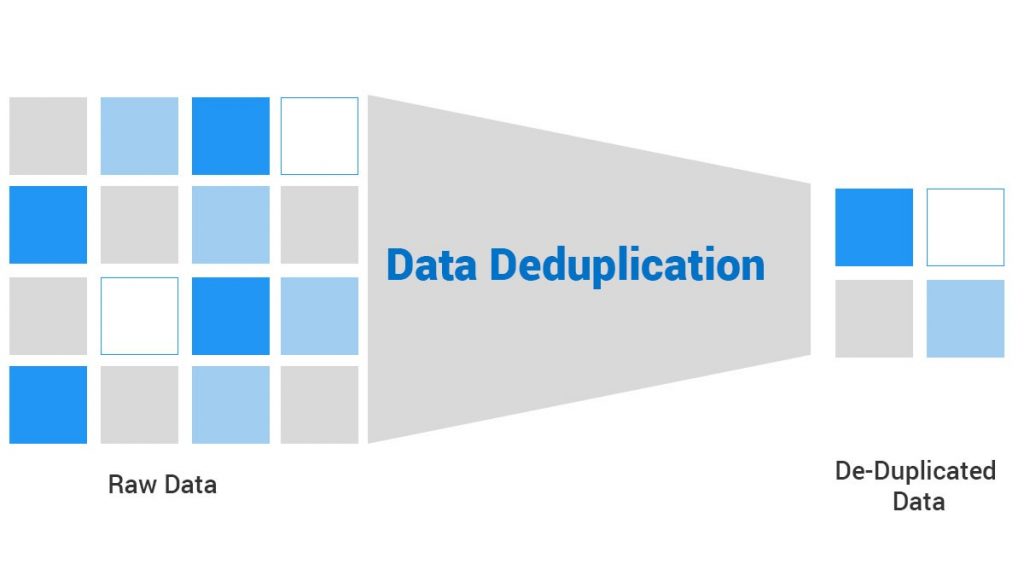
In the ever-evolving digital landscape, businesses and individuals alike are increasingly reliant on multiple platforms to manage their data, engage with audiences, and promote their brands. However, this multi-platform approach often leads to a common challenge: redundancy. Data redundancy across various systems can create significant inefficiencies, increase the risk of errors, and waste valuable resources. As we explore the struggle of avoiding redundancy across multiple platforms, we’ll also uncover effective strategies and solutions, including how Sociobo’s services can play a crucial role in enhancing your social media presence.
Understanding Data Redundancy
Data redundancy refers to the unnecessary duplication of data across different platforms or systems. This can occur for various reasons, such as poor data management practices, lack of synchronization between systems, or the use of multiple applications for similar tasks. The consequences of data redundancy can be far-reaching:

- Inefficiencies: Redundant data can lead to confusion and inefficiencies in workflows. Teams may spend excessive time searching for accurate information or reconciling discrepancies between systems.
- Increased Error Risks: When multiple copies of the same data exist, the likelihood of errors increases. An update made in one system may not reflect in another, leading to inconsistencies and potential miscommunication.
- Wasted Resources: Storing redundant data consumes valuable storage space and can lead to higher operational costs. Organizations may find themselves investing in additional storage solutions to accommodate unnecessary data.
To effectively combat these challenges, organizations must adopt strategies that streamline data management and reduce redundancy.
The Role of Decentralized Database Management Systems
One promising approach to addressing data redundancy is the implementation of Decentralized Database Management Systems (DDMS). Unlike traditional centralized systems, which rely on a single authority to manage data, DDMS distribute data across multiple independent nodes. This paradigm shift offers several advantages:

- Data Autonomy: Each node maintains control over its local data, allowing for independent decision-making and management. This autonomy can reduce the likelihood of redundant data entry across platforms.
- Improved Availability: The distributed nature of a DDMS ensures that data remains accessible even if some nodes fail. This resilience is crucial for organizations that rely on real-time data access.
- Scalability: As businesses grow, DDMS can easily accommodate increased data volumes by adding new nodes to the network. This scalability helps organizations avoid the pitfalls of data redundancy as they expand.
However, implementing a DDMS is not without its challenges. Ensuring data consistency across all nodes can be complex, especially in systems with frequent updates. Organizations must adopt best practices and technologies to address these challenges effectively.
Data Deduplication Techniques Explained
Another effective strategy for combating data redundancy is data deduplication. This sophisticated technique eliminates redundant copies of data, significantly improving storage efficiency and reducing costs. There are two primary approaches to data deduplication:

- File-Level Deduplication: This method compares entire files to identify and eliminate duplicate copies. While effective for large, static files, it may be less efficient for frequently changing data.
- Block-Level Deduplication: This granular approach divides files into smaller chunks or blocks, identifying and removing duplicate blocks across all files. This method is particularly beneficial for dynamic data sets.
The deduplication process typically involves several steps:
- Data Analysis: The system examines incoming data, breaking it down into manageable chunks.
- Hashing: A unique identifier or hash is generated for each data chunk using algorithms.
- Comparison: The system compares these hashes against existing data to identify duplicates.
- Storage Optimization: If a match is found, only one copy of the data is retained, and subsequent duplicates are replaced with references to the original.
By implementing appropriate data deduplication techniques, organizations can significantly reduce their storage footprint, lower costs, and improve overall data management efficiency. This aligns with the broader goal of streamlining data processes and avoiding redundancy across multiple platforms.
Master Data Management for Consistency
Master Data Management (MDM) plays a pivotal role in achieving consistency across an organization’s data ecosystem. Master data encompasses critical, non-transactional information about core business entities—such as customers, products, suppliers, and locations—that is shared across various systems and processes. By centralizing and standardizing this information, organizations can ensure that all departments operate from a unified, accurate source of truth.

The benefits of consistent master data extend beyond operational efficiency. It enhances decision-making by providing reliable insights derived from clean and harmonized datasets. For instance, marketing teams can execute more targeted campaigns using accurate customer segmentation, while supply chain managers can optimize inventory levels using consistent product data.
Moreover, MDM reduces costs associated with redundant IT efforts and rework. When all systems rely on the same master data, integration efforts become simpler, and the risk of errors caused by conflicting information diminishes significantly. This streamlined approach not only improves internal workflows but also strengthens external interactions with customers and partners by ensuring accurate communication and transactions.
The Importance of Social Proof in Reducing Redundancy
In the context of social media, redundancy can also manifest in the form of repetitive content across different platforms. Brands often struggle to maintain a cohesive identity while adapting their messaging for various audiences. This is where the concept of social proof becomes vital.

Social proof, a psychological phenomenon where people conform to the actions and beliefs of others, plays a significant role in shaping perceptions on social media. High engagement metrics—such as likes, shares, and comments—signal credibility and popularity, attracting more genuine followers. However, simply amassing followers is not enough; brands must ensure that their messaging resonates with their audience across multiple platforms.
Sociobo’s unique approach to social proof aggregation can help brands navigate this challenge. By providing aggregated followers and engagement, Sociobo enhances the perceived authority and influence of social media profiles. This, in turn, can attract real followers and improve overall social media performance.
How Sociobo Can Help
Sociobo’s services are particularly beneficial for individuals and brands looking to establish or grow their presence on social media. By leveraging the concept of social proof, Sociobo enables users to enhance their visibility and authority across multiple platforms, including Instagram, TikTok, YouTube, Facebook, and Spotify.
Through the aggregation of high-quality followers and engagement, Sociobo helps brands avoid redundancy in their social media strategies. Instead of duplicating efforts across various platforms, brands can focus on creating tailored content that resonates with their target audience while maintaining a consistent identity.
For example, consider a brand that operates on multiple social media platforms. By utilizing Sociobo’s services, the brand can enhance its engagement metrics on each platform, signaling to potential followers that it is credible and worth following. This not only attracts genuine followers but also reduces the need for repetitive content across platforms, as the brand’s authority is established through its aggregated presence.
The Future of Data Management and Social Media Strategies
As organizations continue to grapple with increasing data volumes and complex regulatory landscapes, the need for effective data management strategies will only grow. Decentralized Database Management Systems, data deduplication techniques, and Master Data Management will play pivotal roles in reducing redundancy and enhancing data consistency.

Similarly, in the realm of social media, brands must adapt their strategies to avoid redundancy while maximizing their reach. By leveraging services like Sociobo, brands can enhance their visibility and authority, ultimately attracting genuine followers and reducing the need for repetitive content.
In today’s digital age, avoiding redundancy across multiple platforms is a critical challenge for organizations and individuals alike. By implementing effective data management strategies and leveraging the power of social proof, brands can streamline their operations and enhance their social media presence.
Sociobo offers a unique solution to help individuals and businesses leverage social media effectively. By enhancing visibility, authority, and influence, Sociobo empowers brands to reach wider audiences without the burden of redundancy. If you’re looking to elevate your social media presence and engage authentically with your audience, consider exploring Sociobo’s services. Visit Sociobo.com today to discover how you can harness the power of social proof and take your brand to new heights.






No comment yet, add your voice below!